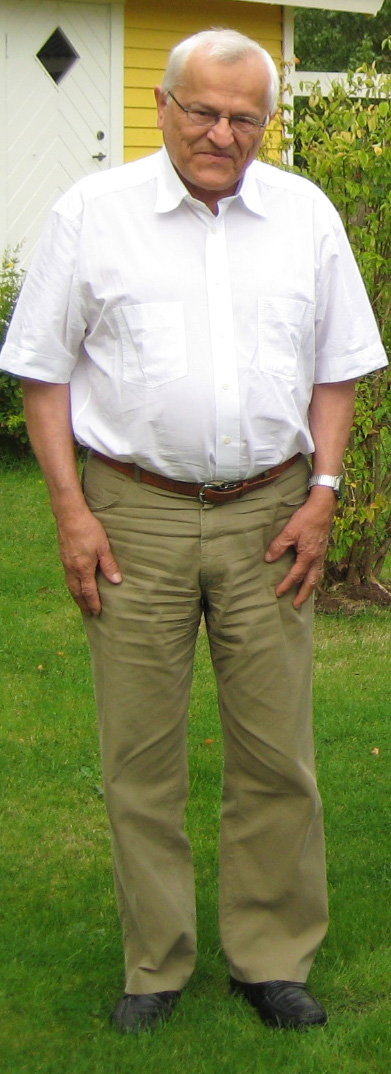
|
Jože Trontelj was Professor of Neurology at the Ljubljana School of Medicine, Slovenia. His research interest in human reflexes led him to visit Erik Stålberg in 1967, where he picked up SFEMG and started a friendship, spanning over more than four decades. His PhD thesis was on the behaviour of single human motor neurons in the H-reflex and F-response, and an early paper on this was published in Nature. His elder and younger brothers, Lojze and Janez, electronics engineers, designed the powerful Ljubljana Jittermeter, which contributed to the development of stimulation SFEMG as a routine method of jitter measurement.
During his last 15 years, Trontelj was active in the field of bioethics. He chaired the Slovenian National Medical Ethics Committee, and had the privilege to contribute to drafting the Oviedo Convention of the Council of Europe on Human Rights and Biomedicine, as well as the Protocol on Biomedical Research. His achievements in science and ethics won him a place in the Slovenian Academy of Sciences and Arts, of which he became president.
Jože Trontelj’s wife Tatjana was, besides being a wonderful housewife, an expert neurophysiology technician, assisting her husband in SFEMG examinations.
Jože’s hobby was fishing. He was an expert fisherman, but his eldest son Jurij outmastered him and other Slovenian fishermen by catching a brown trout of 15.2 Kilo when he was still a teenager.
Jože had three children and five grandchildren.
Jože Trontelj passed away in Dec 2013, see separate section.
|